BLOG
- Home
- Blog
- Silicone Rubber Introduction
- How is surface treatment of silicone products processed?
How is surface treatment of silicone products processed?
April 18,2022
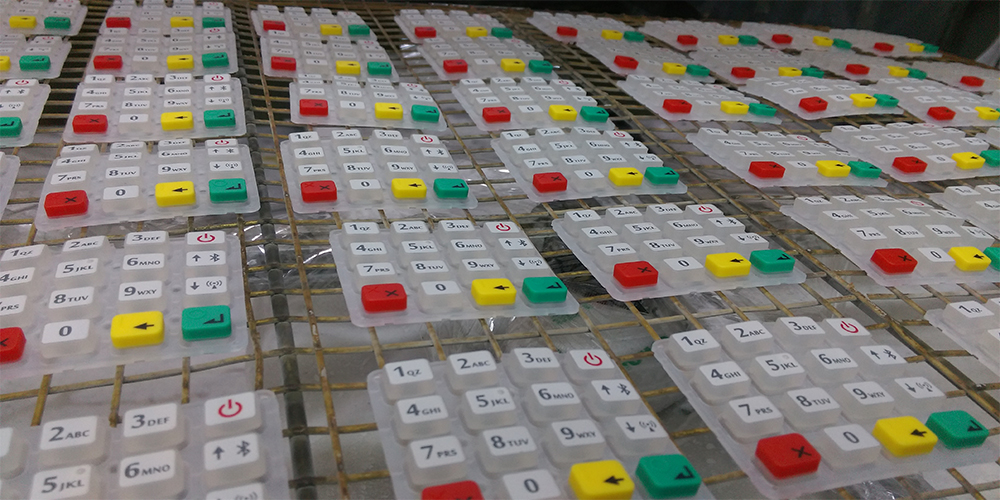
We know most silicone products needed to go through the surface treatment(post-process) to become a final status. In response to different operations, functions, uses and even aesthetic appeals, the appearance needs to be treated, just like the raw finished house needs the completion of painting, decoration, etc., or the metal body of a car needs to be polished and painted to present its real value. The surface treatment of silicone products is also known as post-process. There are various processing methods with different characteristics and great differences in cost. Reading this article will help you gain a deeper understanding of how the surface treatment of silicone products being processed.
Appearance design & surface treatment
SCREEN PRINTING
Screen printing is a kind of porous printing. Words or symbols are printed from the web to the objects through the squeeze on the scraping plate while doing the screen printing. It can be applied to lots of materials and surfaces. Silicone-based printing ink has the characteristics of non-toxicity, high covering property, chemical and weather resistance, good adhesion, good water resistance, etc. Through the screen printing (color separation) process, it can satisfy diverse customer demands for appearance design. However, there are still some limitations in the silicone screen printing process. It is only suitable for printing on a relatively flat surface. Fortunately, the silicone product itself has elasticity. If the surface curvature is not too large, it can still be used by technology and auxiliary fixtures. To overcome, however, for designs with a concave appearance, silicone screen printing cannot be used. Printing colors must be paid attention to when designing: the more colors, the greater the relative printing cost. Only one color can be printed at a time, and then it must be baked. After the previous color is finalized, the second color printing is repeated until all the Color printing is complete.
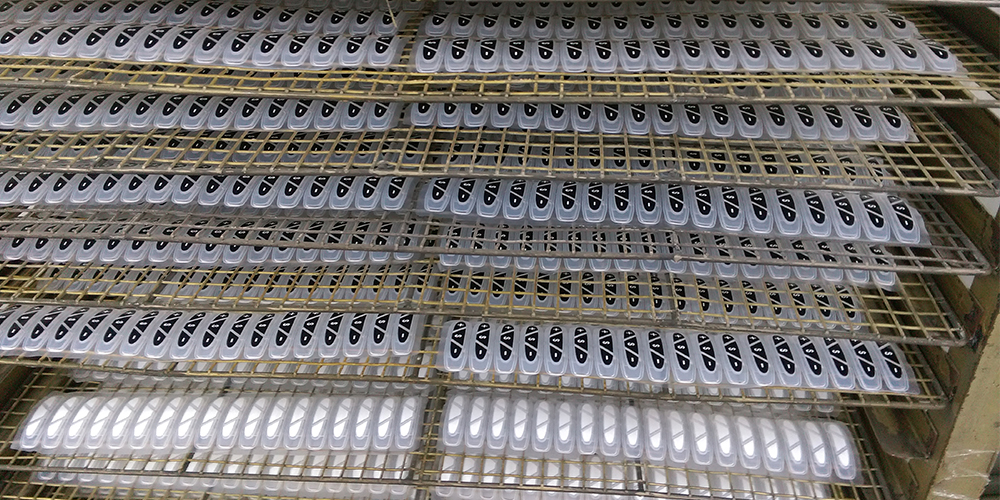

PAD PRINTING
Silicone pad printing is one of the special printing methods. With pad printing, even the uneven surface can be printed with text, graphics, and images perfectly. such as planes, spheres, cylinders, concave and convex surfaces, irregular surfaces, etc., which can be processed by silicone pad printing. The pattern on the printer is transferred to various substrates through the pad printing head. However, because the contact point area of silicone pad printing is usually small, it cannot do comprehensive printing to a large extent, and the accuracy of alignment is relatively high. difficult. Therefore, it is often seen that the same product uses two processes silicone screen printing and silicone pad printing to meet the appearance requirements. Although the graphics and text after the silicone pad printing are still flat, the thickness of the ink will be thicker than that of the silicone printing (about 0.05mm), and you can still feel the subtle three-dimensional effect when you touch it with your hand.
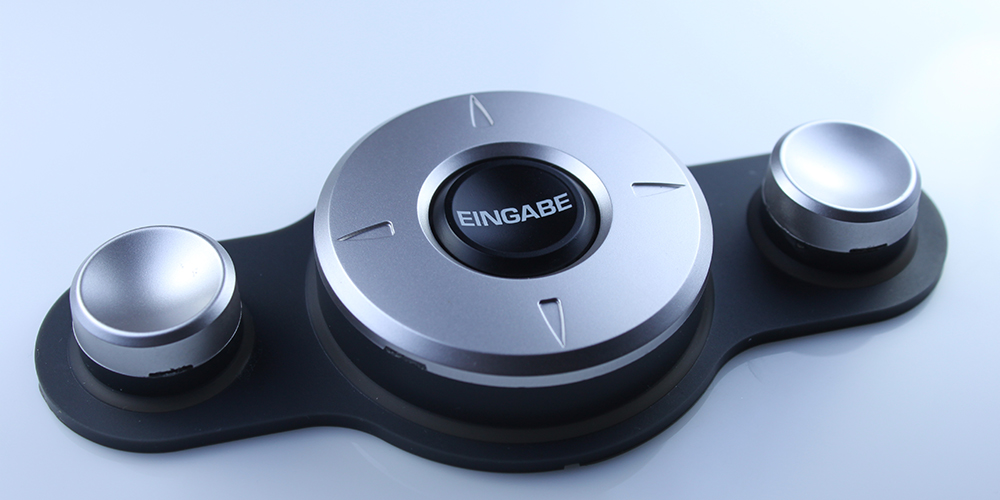

LASER ETCHING (LIGHT SHADING AND TRANSMISSION)
Since the silicone itself is light-transmitting, the desired graphics or symbols can be engraved on the surface of the sprayed silicone to achieve opaque or light-transmitting effects. By employing the laser etching process, the silicone keypad surface can be engraved with patterns or symbols required by the customer. In addition, it can present an opaque or transparent effect and can show a good visual effect when combined with an LED light source. It is convenient for users to easily identify the operation panel at night. Laser engraving can use laser engraving to remove the painted surface of the pattern or text through the focusing principle of the lighting line, presenting the color of the original silicone material, which can form the effect of light-transmitting keys.
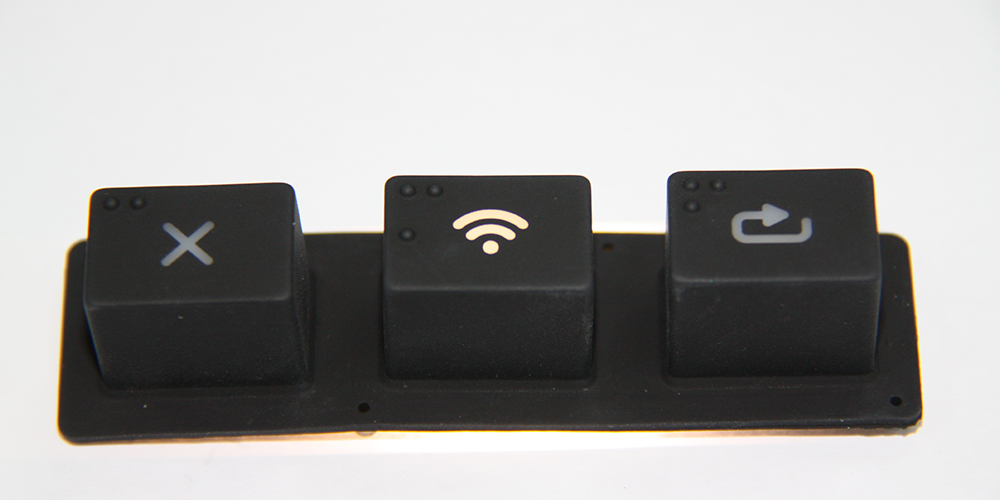

EPOXY COATING
Epoxy coating is a kind of surface treatment craft that can make the product surface to be sealed, insulative, glorssy, etc. and also make the rubber parts look like plastic product. This method offers a hard top finish as well as a glassy key surface with a special look. All printed graphics will be protected by the hard epoxy coating while enhancing abrasion resistance. The minimum thickness of hard topping is 0.5-0.7mm.
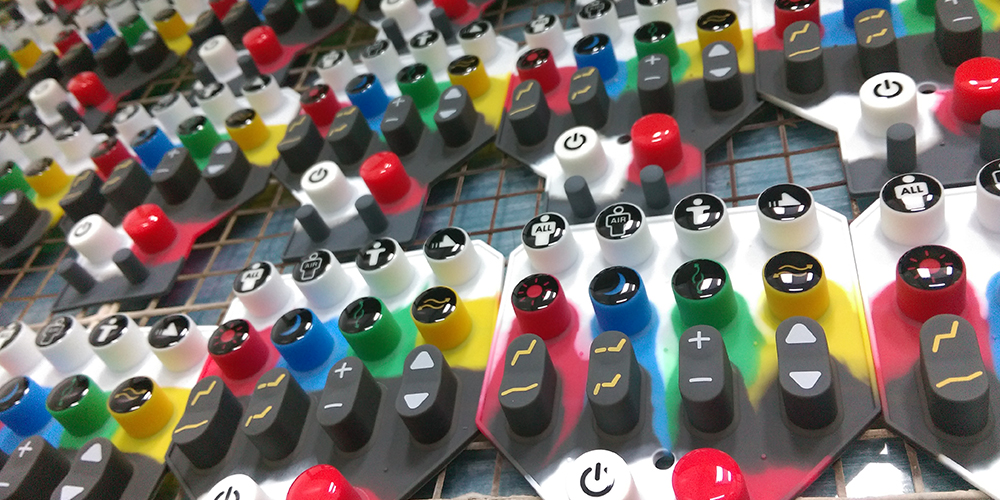

SPRAY PAINTING
The coating is a surface treatment that sprays tiny and even drips of protective material on the object through pressure or centrifugal force by spraying a gun or atomizer. Different coating materials and thicknesses would affect the surface tactility and abrasion resistance of the product to protect the printed words or images on the product surface.
- Color printing: Colored paint spraying coated onto the product surface can change the look of the product and achieve the light transmission and shading effect.
- Silicone Coating: Silicone soft touch hand-feel oil can be applied on the surface coating layer of silicone products to provide a soft feeling and gloss effect as well as to achieve a dustproof effect and surface abrasion resistance.
- PU Coating: PU spraying (coating) on the surface of silicone products can protect the surface printed letter or symbol, increase abrasion and oil resistance, especially suitable for surface coating with matte glaze requirement, and can also increase surface smoothness.
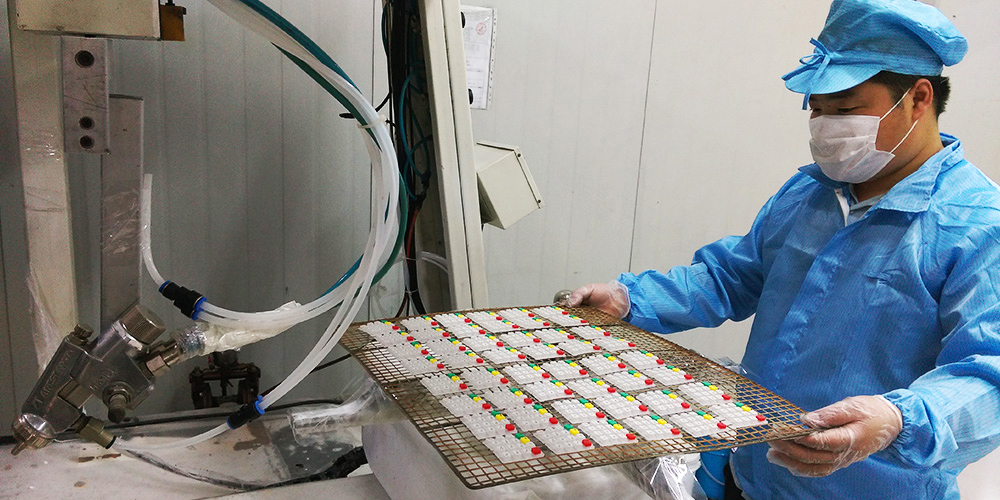
Conclusion
The appearance and surface treatment of silicone products is undoubtedly a very important part of quality. Just imagine that no matter how good the product is, if there is a defect in the last process like a facade, it means that the entire product will be reported. This is also a need for careful selection. The biggest reason for being a professional and reliable post-process supplier is that GSUN has completed inspection equipment for both verification and quality control. and has obtained quality system certification (ISO9001/ISO14001/IATF16949/ISO13485). All advantages mentioned are qualified by our customers all over the world! Contact GSUN for any questions!
Article Classification
Recent Articles
- Car Keypads Unpacked: Why Silicone is the Optimal Material Choice
- Medical Grade Silicone: Definition, Applications, and Benefits
- Key Elements of Waterproof Design! Material, Characteristics, and Applications of Rubber Grommets
- High-Temperature Silicone: Characteristics, Applications, and Buying Guide
- Is Silicone Toxic? A Comprehensive Analysis of Silicone Safety
